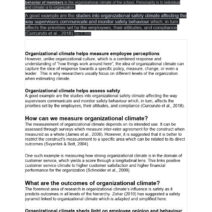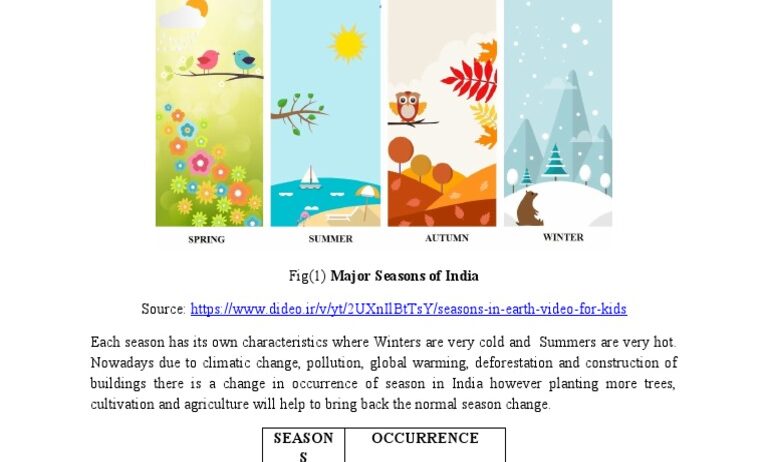Virginia, often referred to as the Old Dominion, is a state that has been shaped and defined not just by its rich history but also by its diverse and dynamic climate. It unfolds like a painter’s palette through the passage of the year, revealing four distinct seasons that each hold their own unique stories. Understanding Virginia’s climate requires more than just a cursory glance at temperatures and precipitation; it necessitates an exploration into how each season contributes to the environmental tapestry of this quintessentially American landscape.
Spring, a harbinger of renewal, sweeps across Virginia with a gentle and invigorating touch. As winter’s grip loosens, the air begins to warm—soft rays of sunlight coax dormant flowers and trees from their slumber. This season, often characterized by mild temperatures ranging from 50 to 70 degrees Fahrenheit, transforms the lush scenery into a vibrant mosaic of greens and pastel hues. The magnolia blossoms with their creamy white petals unfurl, heralding the arrival of warmer days. Virginia’s flora, including dogwoods and azaleas, paint a breathtaking tableau that invites both locals and visitors to revel in the beauty of rebirth. However, spring in Virginia is a temperamental artist that can unleash its wrath through sudden thunderstorms. These ephemeral deluges, while offering much-needed hydration to burgeoning plant life, also serve as a stern reminder of nature’s power.
As spring surrenders to the sultry embrace of summer, Virginia adopts a fervent persona. Temperatures often soar into the upper 80s and 90s, wrapping the state in a cloak of humidity that can be both oppressive and entrancing. The long, sun-drenched days invite adventurers to explore the myriad activities that define summer. Whether hiking through the Appalachian mountains or lounging by the serene shores of the Chesapeake Bay, Virginians engage with the outdoors in a celebration of life that is both carefree and exuberant. The cicadas serenade the night, their rhythmic choruses complementing the vibrant atmosphere. Yet, summer’s intensity also poses challenges with prolonged heatwaves, emphasizing the intricate balance between beauty and peril in Virginia’s climate. Environmental advocates stress the importance of sustainability during these months as air conditioning usage surges, shining a spotlight on the consequences of fossil fuel consumption.
As the leaves begin to pirouette in preparation for their descent, Virginia’s autumn emerges like a grand finale. This season is a kaleidoscope of fiery reds, golden yellows, and rustic browns, as the deciduous trees don their stunning autumnal garb. Daytime temperatures fluctuate from the mild 60s to the brisk 70s, leading to invigorating evenings that beckon cozy gatherings by the fire. Harvest festivals abound, celebrating the fruit of labor—apples, pumpkins, and corn, each a testament to the state’s agrarian roots. Virginia’s autumn is not merely a transition; it is a jubilant celebration of nature’s bounty and a poignant reflection on the cyclical dance of life, reminding all of the impermanence of time. However, amidst the splendor, the whisper of winter looms, prompting preparedness and anticipation.
Winter in Virginia is a stark contrast, draping the state in a serene, white mantle. With temperatures plummeting to the 30s and occasional snowfalls transforming the familiar landscape into a winter wonderland, this season evokes introspection and solitude. The bare trees, stripped of their foliage, reveal the intricate beauty of their architecture, while the stillness of a snow-covered ground instills a sense of tranquility. It is during these cold months that Virginians gather for the warmth of community—holiday celebrations foster camaraderie as hearty meals and festive cheer prevail. Yet, winter also presents challenges; the threat of severe weather can disrupt lives, reminding residents of the fragility of human existence against nature’s whims. These enduring seasonal transitions are not merely meteorological phenomena; they reflect a deeper connection to the rhythms of the Earth, fostering a greater appreciation for the urgent need to combat climate change and preserve the environment for future generations.
Virginia’s climate serves as a poignant reminder of the interconnectedness of humanity with nature’s cycles. Seasonal changes are not merely aesthetic; they impact agriculture, tourism, and the overall ecological balance. As climate change manifests in erratic weather patterns, increased temperatures, and fluctuating precipitation levels, the cherished rhythms of Virginia’s seasons may be at risk. Promoting sustainable practices is paramount to creating a resilient future, where the splendor of spring, the vibrancy of summer, the majesty of autumn, and the stillness of winter can continue to enchant generations to come.
Ultimately, Virginia’s climate is a magnificent narrative of contrasts, each season imbued with its own character that entwines with the heart and soul of the state. As the canvas of Virginia shifts through time, each brushstroke reveals an integral component of life, and thus the call to action becomes clear: cherish, protect, and advocate for the natural world that sustains us. In doing so, the legacy of the Old Dominion will be one of harmony and respect for the environment, ensuring that the beauty of its seasons endures.








